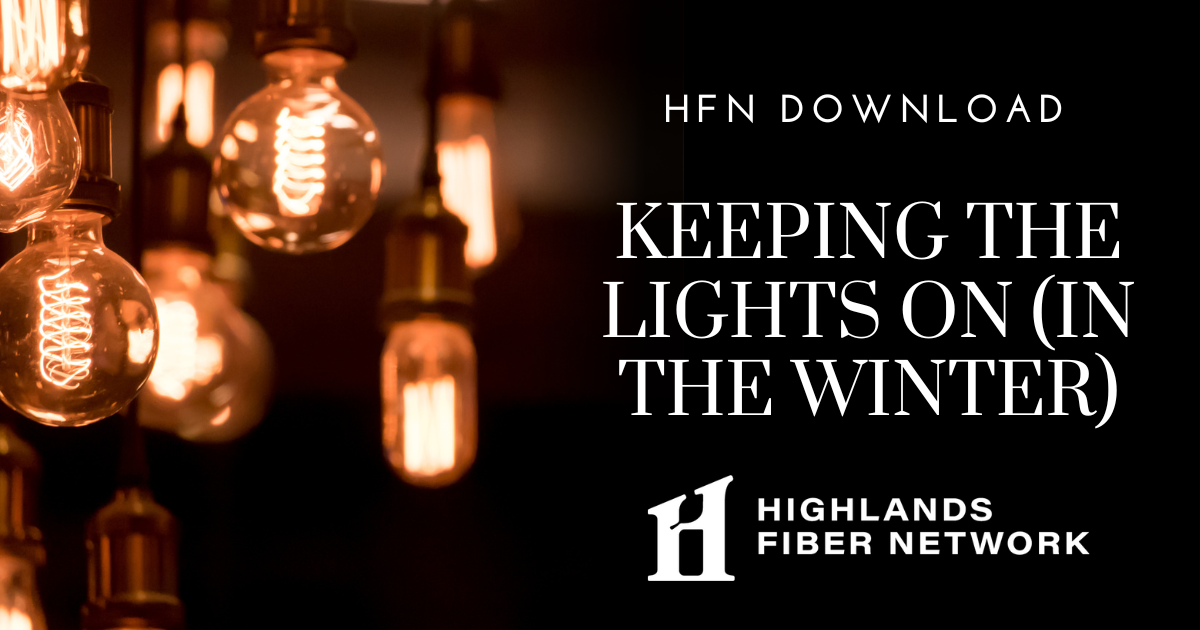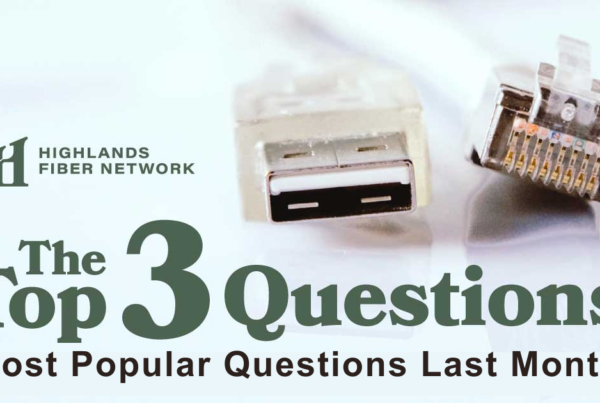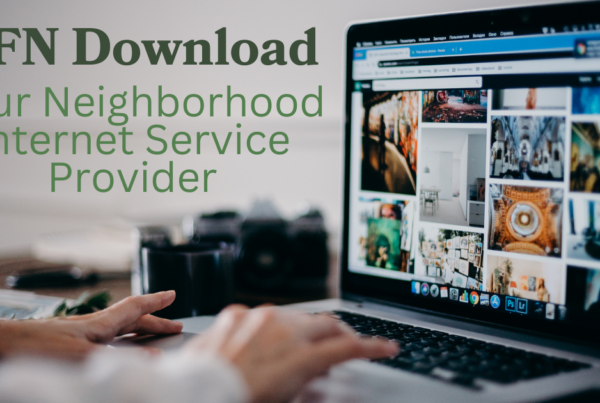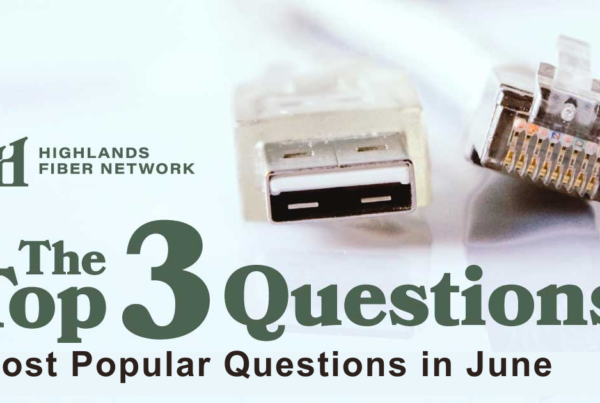
Winter can be a trying time for people living in the Pacific Northwest. The lack of daylight can wreak havoc on our psyches. It’s also a hard time for a fiber network to keep the light levels up in sending signals to the customers’ home. Fiber optic cable works as light beams bouncing through a fiber lined with mirror-like reflections, so no light means no internet.
In most cases, there are a number of different cables responsible for bringing service to your home. At one point, those cables required skilled workers to align and fuse two sides of the fiber together, ensuring unobstructed passage of light through each connection, from the data center to the home portal. The core of these fibers is 9 microns*, where a human hair can be around 200 microns in diameter. Precision is key!
Unfortunately, these splices are subject to heating and cooling. Over the years, they can become misaligned, if ever so slightly. We typically see a large influx of customers losing service around the first freeze of the year. When these temperature shifts are the most dramatic, the fibers can fall out of alignment.
Winter is also a time of power outages. Did you know that even if a power outage causes the lights in your home to go out, HFN’s network is still sending a fiber optic signal to your residence?
HFN’s robust backup power system ensures the network will continue to work even if local power is out. During recent power outages, our dedicated crews spent entire nights in their vehicles parked alongside the generators. They diligently monitored output, ensuring that everything operated as expected.
However, just because HFN’s network equipment is still up and running during an outage does not mean that your home network will continue working. As our lives become increasingly intertwined with connected devices, you may have found it difficult to get your car out of the garage, monitor your security cameras, etc.
To keep your internet connection working during the next outage, you will need to invest in an Uninterruptible Power Supply (UPS) and make sure your HFN portal and Wi-Fi router are plugged into it. In some cases, your HFN portal and Wi-Fi router are both located in your home wiring cabinet, so only one UPS is needed. Although, if your router is in a different location, you may need multiple UPS devices. There are many tutorials online showing how to install a UPS in your home, or you can utilize HFN Home Support to assist with the installation.
The type and size of UPS you purchase is ultimately up to you. The bigger the battery, the longer it will last, and the more devices you can plug into it. These range from $70 to many thousands of dollars depending on your individual needs. We recommend putting a sticker on the UPS with the date installed and the manufacturer’s expected life of the battery. The batteries will need to be replaced every few years.
Additionally, verify whether the devices you want to maintain functionality during a power outage have built-in battery backups, or ensure that you arrange a power supply through your UPS. Consider utilizing an additional UPS or battery backup for this purpose.
* The micrometer (μm), also commonly known as a micron, is an SI derived unit of length equaling 1×10−6 of a meter (or one millionth of a meter).
Jeremy Fallt is the HFN general manager and a Westridge resident.





